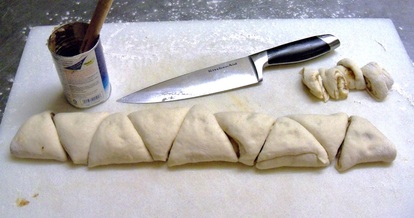
(I should note here in passing that the temperature in the kitchen last night was 99.3 degrees F. My sister Eileen says I'm crazy for even considering baking in this weather, but I don't even notice the heat anymore).
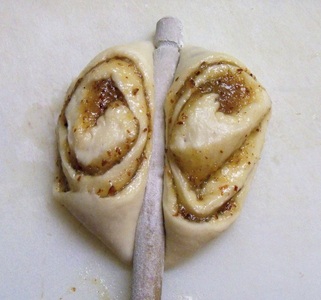
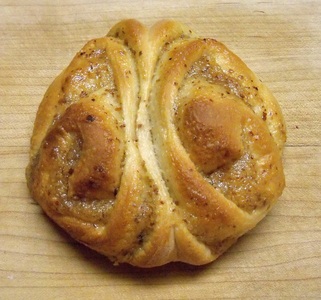
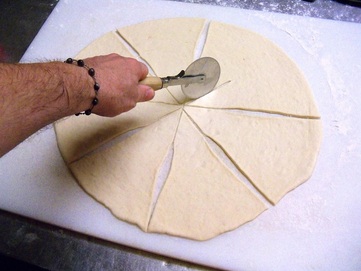


Sometimes it's difficult to divert him from this train of thought, and last night he was particularly determined. It was obvious that he was exhausted, which made him more irritable, like a cranky toddler who needs a nap. Three times he was out of his room and looking for someone to help him find a car, all within the same half hour, and he lost his temper the third time. "Why do I have to put up with this shit?" he shouted at me in the hallway. "Why can't you just take me someplace where there are old things that I understand?!"
But sadly, no such place exists anymore, except in his memory. Because of his condition, very little makes sense to him anymore, and so he's surrounded by confusion and frustration---no wonder he loses his temper. I finally commented sympathetically on how tired he looked, and he responded to the cue, saying that maybe he should just go to bed and not leave until tomorrow. I helped him to his room and he thanked me for my kindness, all rancor forgotten: "Good night, dear Father," he said, as I closed the door.
By the time I got to the dough, it was a bit over-risen in the first proof, but bread is forgiving, and caring for my confrere is far more inportant than picture perfect rolls. Like any family coping with an elderly parent or a special needs child, the monastic community is learning once again to do as St. Benedict urges us in his chapter on good zeal: "Bear with the greatest patience one another's weaknesses of body and behavior."
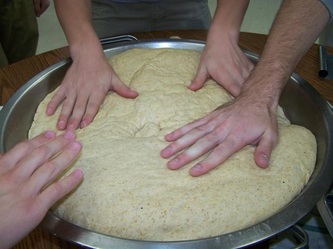

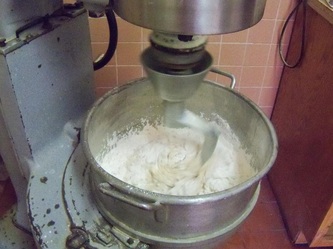

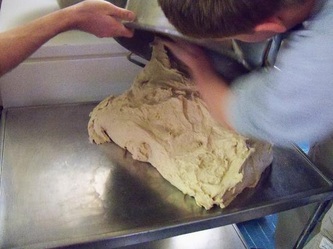
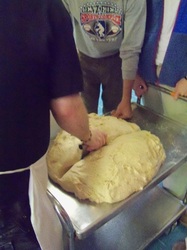
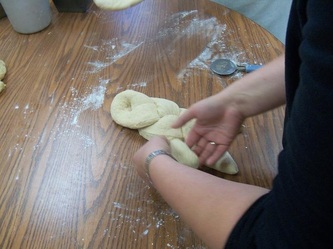
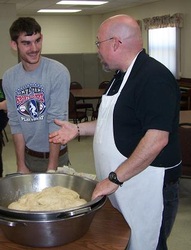
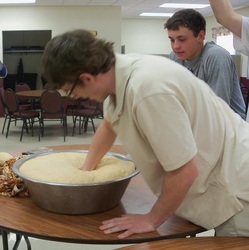
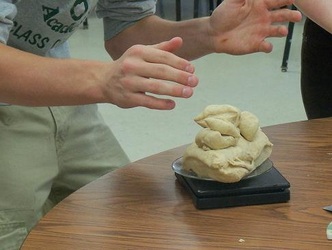
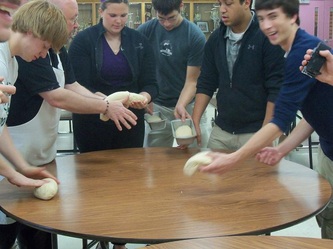

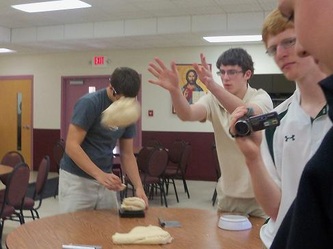
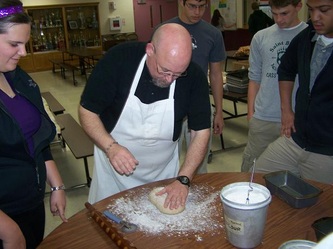

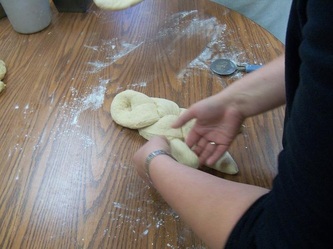
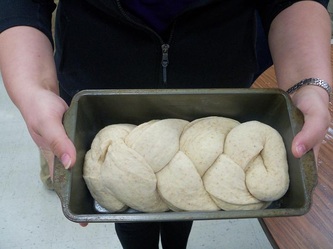
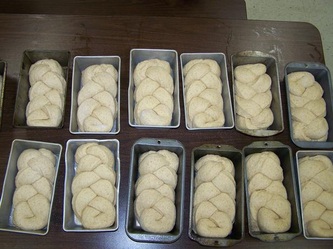
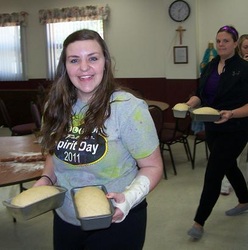
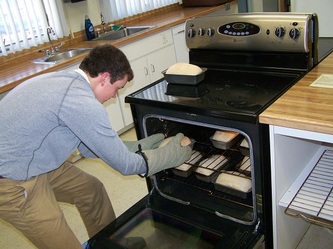
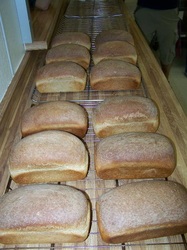
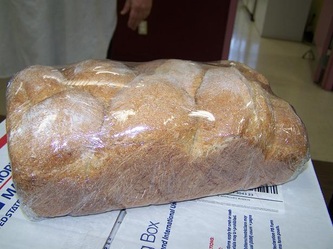

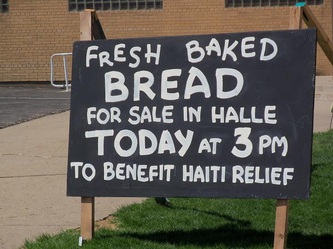


 RSS Feed
RSS Feed